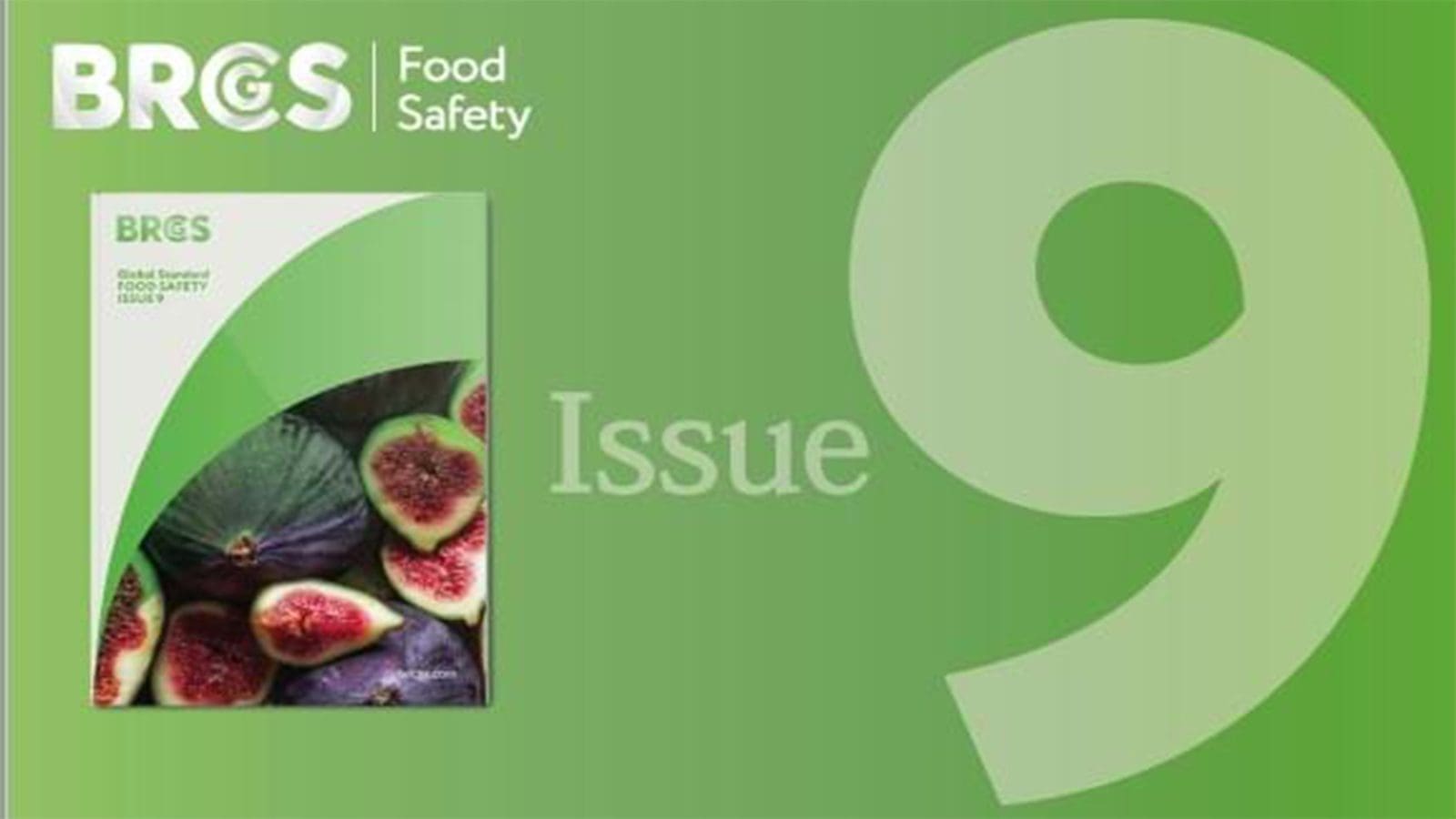MEXICO – Officials in the Mexican state of Yucatan have reported a food poisoning incident that has affected close to 500 people, believed to have been caused by consumption of meat contaminated with Clenbuterol.
The first alert about the poisoning was made this past week and so far, no deaths have been reported.
Patients were seen by the district’s doctor and sent to a hospital in the town of Acenceh but the local town hall also had to be converted into a temporary medical facility to handle the number of people who were sick.
Preliminary analyses suggests a high probability that people were poisoned because of the presence of Clenbuterol in meat they ate. However, some test results are still pending, reports Food Safety News.
Despite being banned, Clenbuterol is still used by some people to promote livestock growth. Since this drug has a very long half-life, the clenbuterol residues in the food-producing animal cause potential food poisoning.
Symptoms of intoxication include headaches, increased sweating, insomnia, nausea, possible muscle spasms, and increased blood pressure. Symptoms usually occur shortly after consuming contaminated food, and last for two to six days.
The illness has been linked to consumption of Cochinita Pibil, which is a traditional Yucatan dish that includes pork.
Officials have since shut down the outlet where the food that poisoned dozens of residents was believed to have been prepared.
Despite being banned, Clenbuterol is still used by some people to promote livestock growth.
They are visiting suppliers of the business to carry out checks to try to find the source of the problem.
In 2020, more than 50 people fell sick in the Mexican state of Morelos after eating meat contaminated with the growth enhancer.
The very first outbreak of Clenbuterol poisoning was reported in 1990, in France. The outbreak affected 22 patients after consuming clenbuterol tinted veal liver.
In the same year, another outbreak of 135 patients was reported in Spain where veal liver was again the source, according to the Hong Kong Journal of Emergency Medicine
Before now, the major outbreaks had occurred in Shanghai in 2006 with more than 300 people affected, in Jiaxing City in 2008 where 70 people were involved and in Guangzhou in 2009 where 70 citizens were affected.
Liked this article? Subscribe to Food Safety Africa News, our regular email newsletters with the latest news insights from Africa and the World’s food safety, quality and compliance. SUBSCRIBE HERE








